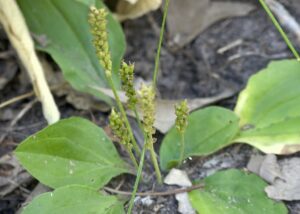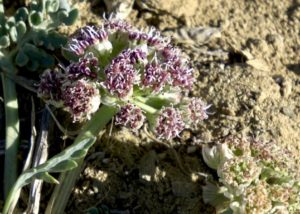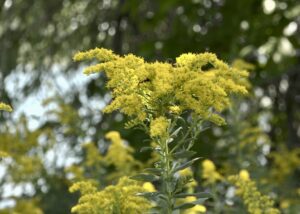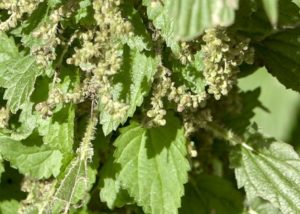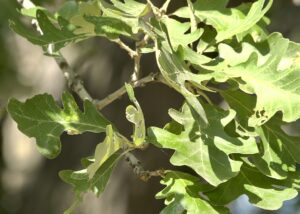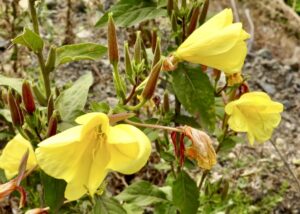Habitat
DesertPlant Uses
brunt leaves as leavening, medicine to treat insect venom, to salt foodVideo Presenter
John MionczynskiSaltbush
Saltbush, aka four-winged saltbush, (Atriplex canescens) (and related species) is a very interesting plant.
It is a food (only in a very broad sense) and a medicine (also in a very broad sense).
Although seeds of saltbush are edible, they are small and only used to mix with other staple seed crops. It’s importance in the food category has been as a salt and leavening for bread. As a medicine, it’s leaves were used to treat acid venoms of ants, bees, wasps and hornets.
The active ingredients are the same in both cases. This plant can grow in the harshest conditions of the salt-scrub desert. It has adapted to grow in soils that are so dry and salty that most plants can not survive. It does so by concentrating the salts of sodium, calcium, potassium and magnesium in its leaves. In return this allows the plant to retain water accumulated during rains and snow melt thus sustaining it through the times of drought.
These salts are alkaline substances that neutralize the acid venoms of insects almost instantly.
And . . . as a salty taste for food seasoning, these salts also happen to be hard to come by in other foods but are essential for human health.
The ashes of the burned leaves convert sodium carbonate into sodium bicarbonate, which is baking soda, used as leavening for their bread.
These same ashes were also used to fix the colors of red, yellow and blue derived from plant dyes. A thoroughly useful plant!

